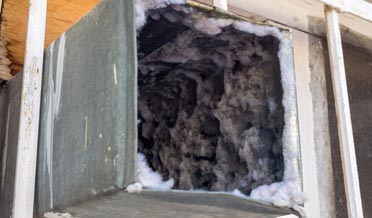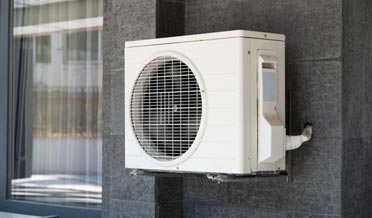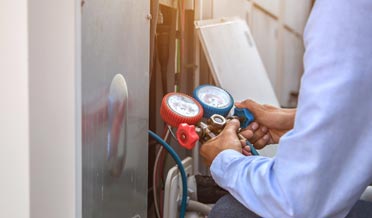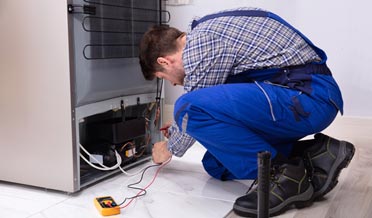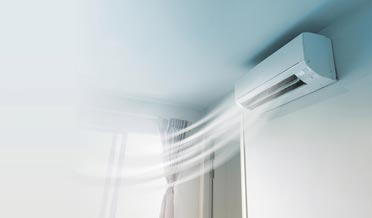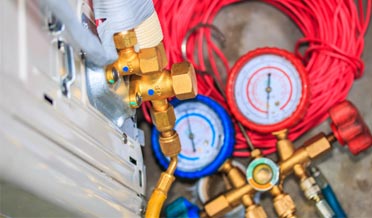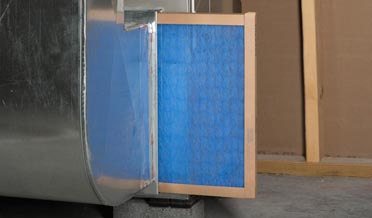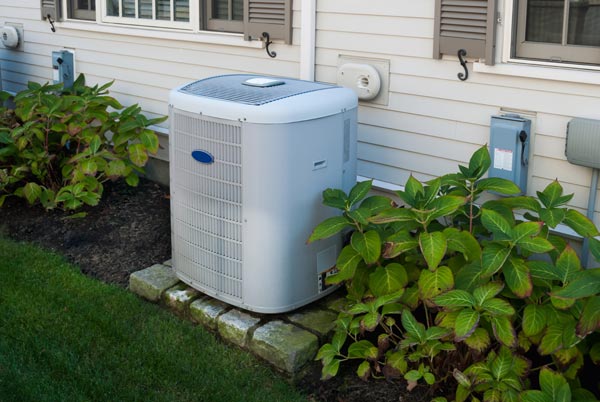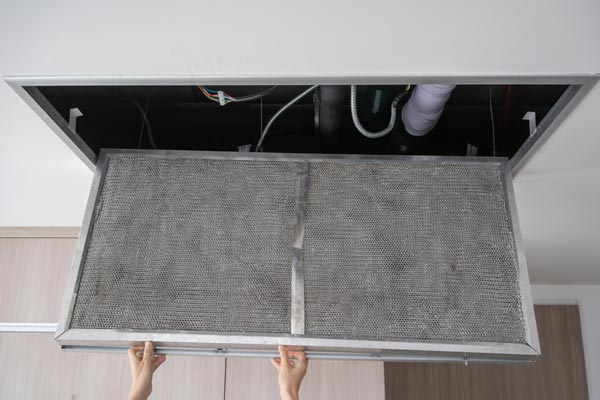Air Duct Cleaning and Indoor Air Quality
Whew, it is hot and sticky out today! It is no wonder that Americans spend about 90% of their time indoors, where air conditioning cools and dehumidifies the air. However, the indoor air is 2-4 times as polluted as outdoor air according to the EPA. An international pandemic focused tremendous attention on indoor air quality for a while. Perhaps you have considered HVAC Duct Cleaning to improve indoor air quality. If you are considering having your ductwork cleaned, here are some important considerations.
Duct Cleaning Methods
Commercial contractors will use one of three methods for cleaning the ductwork in residential HVAC systems:
- The vacuum method employs high-intensity vacuum cleaners to suction dust and debris
- The air sweep method, which dislodges dust and debris with compressed air and suctions the dust with a vacuum, and
- The rotary brush method combines a rotary brush to agitate the dust and debris and a vacuum to suction the debris away
Each method is found to be effective and the contractor should be able to demonstrate improved indoor air quality as a result of the chosen process. Vacuum systems with High-Efficiency Particle Air filters remove 99.7% of all airborne particles, including most bacteria; they offer the best vacuum solutions for duct cleaning. Duct cleaning contractors should be able to document a reduction in the number of airborne contaminants larger than 1.0 microns in size. The EPA recommends indoor air quality before and after duct cleaning.

Things to Avoid
The EPA recognizes the benefit of duct cleaning “as needed;” however, here are a few things that you should avoid when having ducts cleaned.
- Excessive duct cleaning is unnecessary and a waste of resources. The National Air Duct Cleaning Association recommends cleaning ducts every 3 to 5 years.
- For the best results, the vacuum cleaner should be outside of the house during duct cleaning. This ensures that all particles suctioned by the vacuum remain outside of the house.
- The EPA also does not recommend the use of chemical biocides or other chemical substances while cleaning ducts. These chemicals remain in the home long enough to be harmful to humans and pets.
- Duct cleaning should be completed when family and pets are absent from the home.
The importance of clean indoor air cannot be over-emphasized. Duct cleaning can be an important component of keeping your home’s air clean.
Have a question about Air Duct Cleaning and Indoor Air Quality?
For more information about R.M. Mullinix and HVAC Maintenance, schedule an appointment, or visit our Air Duct Cleaning and Indoor Air Quality information page.
